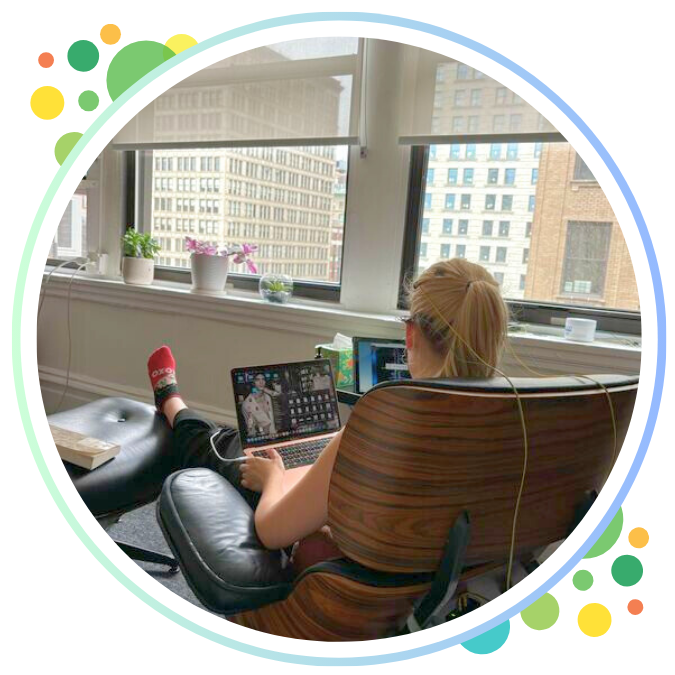OUR STORY
How I Came To Bring
Neurotherapy Into My Practice
NATALIE BAKER, LMHC, BRAIN HEALTH COACH & FOUNDER

Why Neurotherapy?
In 2010, during a summer brunch after leading one of my meditation programs, a participant handed me a book called "A Symphony in the Brain" by Jim Robbins, a New York Times science writer. As a psychotherapist in private practice, I was intrigued when he asked for my opinion on a therapy called neurofeedback (or EEG biofeedback). This therapy had potential benefits for various conditions like anxiety, ADHD, PTSD, and more.
My ongoing desire to find the best supports for my clients led me to read the book. Initially skeptical about its simplicity and broad-ranging benefits. I was intrigued to learn about its effectiveness in training the automatic functioning brain. Neurofeedback had evolved rapidly in recent years alongside the improvements in computer technology.
History of Neurofeedback
Neurofeedback's origins traced back to Dr. Barry Sterman at UCLA, who discovered it while unintentionally helping cats with epileptic seizures. This breakthrough sparked the exploration of using brain wave activity to induce therapeutic change.
Dr. Kamiya at the University of Chicago also studied brain wave monitoring, demonstrating that people could learn to train their brains by tracking electrical output.
.jpg?width=350&height=405&name=symphonybrain-book%20(1).jpg)

How Neurofeedback Works
Neurofeedback systems aimed to shift brain wave activity away from maladaptive patterns, aligning functioning with the present moment. What we understand in mental health is that symptoms, in part, are the brain doing the wrong function habitual. This approach addressed issues like habitually being stuck in the stress response, which creates symptoms like anxiousness, lack of focus and impulsiveness.
Research revealed that clients benefited greatly from neurofeedback, experiencing rapid improvements in overall functioning compared to talk therapy alone. This progress stemmed from breaking free of habitual patterns.
.png?width=422&height=422&name=holistichealthybrain-natalie-baker-lmhc-founder%20(2).png) Why I Chose Dynamical Neurofeedback
Why I Chose Dynamical Neurofeedback
After thorough research, I opted for the latest system design due to its advanced features. Unlike previous generations, this system is non-invasive and safe. It eliminates the need for expensive and outdated brain mapping. The feedback is provided in real-time, harnessing the brain's innate ability to self-optimize without external interference. Moreover, it stands out as the most cost-effective solution, enabling my clients to undergo training at home using the same system available in my office.
Considering our focus on assisting ADHD families seeking alternatives to medication, the neurotherapy device I selected also facilitates the creation of home neurofeedback programs. This choice aligns perfectly with our goal of providing comprehensive options for our clients.
Learn more about our brain health program
.png?width=420&height=180&name=holistic-healthy-brain-logo-website-with-tagline-transparent%20(3).png)